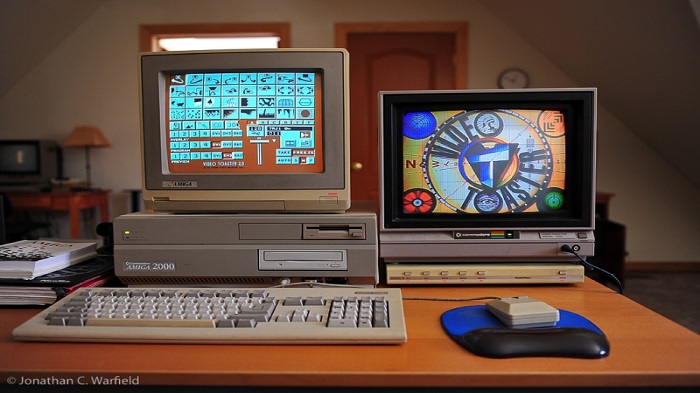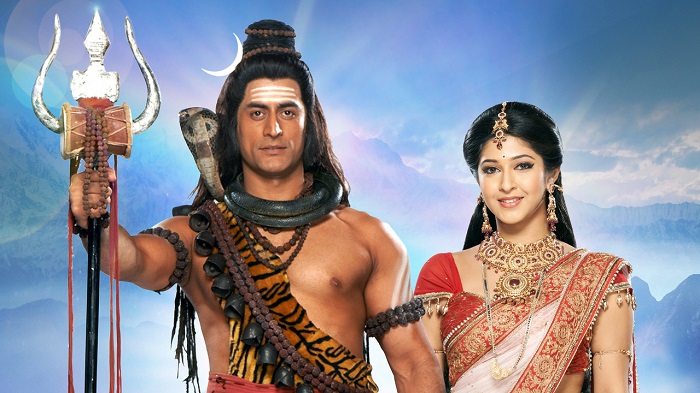If you are a 90’s kid, you can recall those days when Sunday mornings were occupied by two epics – Ramanand Sagar’s Ramayan and BR Chopra’s Mahabharat on Doordarshan. Have you ever wondered while watching how mesmerising the scene from Ramayan was when Ravana abducted Sita on a flying chariot; or the scene from Mahabharat where Bhishma Pitamaha remain undead even after being struck by hundreds of arrows? The reason behind those mesmerising scenes is the VFX/animation.
Ever since the advent of private channels, one genre of content that has achieved the feat of bringing the entire family in front of television screens is the mythology/history genre. Over the years, the content creators have produced the same types of historical and mythological contents by sticking to almost the similar kind of storyline. The experiment of VFX has been tremendously enhancing our age-old stories and raising the novelty and wow-factor amongst the viewers after each instalment.

The VFX industry has evolved widely as FX Factory founder and veteran Ramesh Meer shared in a conversation with us that he has worked in several mythological contents and he has witnessed massive changes in the VFX workflow of the mythological content right from the techniques to the types of equipment. He shared how he started his VFX journey in the industry with Amiga 500 and later shifted to “Amiga 1000, PCs, silicon graphics machines and so on according to the VFX technology trends.” Irrespective of the storyline of mythological content, the production quality and the workflow of the studios evolved with the use of modern technology. He exclaimed that he was “the one who first bought high-end silicon graphics computer in the industry with Maya 1.0 on it, to produce high-quality VFX content including the mythology genre.”
 Over the years, mythological and historical series have seen grand productions. The incorporation of lavish sets, backdrops, costume, showcasing of supernatural power, the creation of special creatures always has interested viewers in the mythological content. This was only possible with the heavy incorporation of CGI, VFX. Additionally, as the stories are well-known and endemic to the Indian culture therefore whenever they hit the screens, it’s found resonance. The only thing that the content producers did look after was the cleaner and well-blended high-end production quality of the content, which is crucial. “If a viewer could discriminate which part of the content is VFX and which part is real, then the entire purpose of visual effects producers fails. A good VFX should be well blended where the viewers cannot discriminate,” Meer expressed.
Over the years, mythological and historical series have seen grand productions. The incorporation of lavish sets, backdrops, costume, showcasing of supernatural power, the creation of special creatures always has interested viewers in the mythological content. This was only possible with the heavy incorporation of CGI, VFX. Additionally, as the stories are well-known and endemic to the Indian culture therefore whenever they hit the screens, it’s found resonance. The only thing that the content producers did look after was the cleaner and well-blended high-end production quality of the content, which is crucial. “If a viewer could discriminate which part of the content is VFX and which part is real, then the entire purpose of visual effects producers fails. A good VFX should be well blended where the viewers cannot discriminate,” Meer expressed.
For example, one of the mythological shows that have attained amazing traction for well blended visual effects is Devon Ke Dev… Mahadev (based on Lord Shiva). This mythological TV series has been heavily promoted across media platforms and has generated a lot of traction due to its high production quality. It was first telecasted on 18 December 2011 on Life OK channel and it ran until 14 December 2014.

It has acquired an instant success from its very first episode itself and enjoyed a high TRP rating throughout its tenure and the VFX of the content is one of the primary reasons behind it. Mumbai-based Vertex Volt has also grabbed the ‘Best Visual Effects’ category award from Award of Indian Television Academy Award 2013 (ITA) for its initiative of delivering several VFX Shots in Devon ke Dev…Mahadev. And a fair amount of VFX in content brought mythological settings to life and made it one of the popular shows on television.
This followed by the saga of amazing VFX heavy mythological/historical TV series like Chakravartin Ashoka Samrat, Sankat Mochan Mahabali Hanuman, Karmaphal Daata Shani and so on whose creators believe that without the VFX it was not possible to create them.
What’s holding behind the industry?
Although a lot of skilled animators and VFX producers are entering the industry despite that the industry lacks in creating magic. Since the mythology and history genre of content is huge, therefore, the demand in post-production is huge at the tight deadline. But where it lacks according to Meer, is the low production budget of producers. Thus a lot of consequences a studio faces due to it:

According to Meer, “a lot of mythological content failed to create that magic due to the low production budget. On the one hand, they try to create innovative Hollywood standard VFX production, on the other hand, they don’t have a budget.” The revenue gap and the consequences of it was one of the major reasons why Meer withdrawal his studio from creating content for the mythological TV Series. Since mythological content is in huge demand and paired with the low production budget, therefore to fill the revenue gap the Indian VFX studios have started to outsource their produced work for foreign contents.
How can the problem be solved?
The VFX industry is fast emerging, an indispensable part of film making and the cutting edge work carried out by Indian studios has catapulted the country on to the global VFX scene. Therefore the industry requires a strong push from the government in the form of incentives, investments, evolved mindset and approach of the creators to make it as big as it deserves. Clearly, the lack of a production budget in the sector depends on the lack of investments in the sector. This hindrance has created a tremor around the government as this problem is not just witnessed by the VFX industry but also by the entire AVGC industry.

Earlier in 2017, the Indian Institute of Mass Communication director general KG Suresh announced that The National Centre of Excellence (NCOE) in animation, visual effects, gaming and comics would come up in Mumbai in 2018-19, which aims to be the biggest in Asia. Maharashtra government has given 20-acre land for the purpose, a fund of Rs 167.5 crore has been allotted for the project and the NBCC and PSU will construct the project building. As soon as the policy rolls, creating new job opportunities, attracting foreign investments for the industry will become easier which will actually nullify all the hindrances and will create a better ecosystem.
Also, Karnataka’s ABAI, Telangana’s TVAGA, are actively taking initiatives with government policies, summits for the welfare of the industry. The steps have already started impacting the industry as a lot of VFX heavy Indian contents were produced in 2018 and 2019 is even aiming bigger picture. Therefore, these constant efforts of government and associations would soon enable the Indian VFX industry to effectively compete with markets like the US, Canada and emerging centres like South Korea, France, China and Malaysia.

